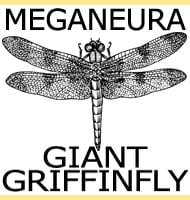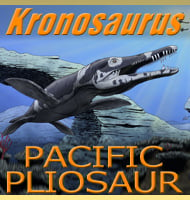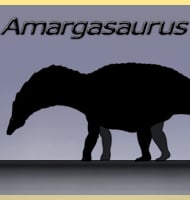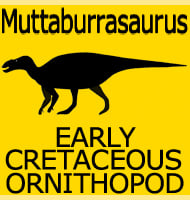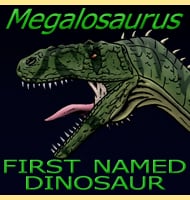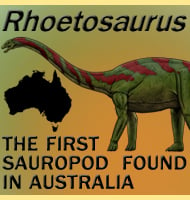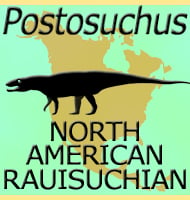In Depth
Even though it was ten meters long, it is not its size that makes Stomatosuchus stand out but its presumed feeding strategy. The upper jaw only had small conical teeth, while the lower jaw has been suggested at being toothless, with the inclusion of a pelican like pouch underneath. This is unprecedented amongst other known crocodiles and is why this ancient crocodile was given the full name of Stomatosuchus inermis which means ‘weaponless mouth crocodile’.
What Stomatosuchus ate remains unknown for certain but one theory is that it ate fish. Stomatosuchus could either gulp water, or wait for a fish to pass by and then suck in water with its throat muscles drawing the fish inside. It could then close the upper jaw and constrict its pouch to squeeze the water out while the upper teeth prevented the fish from escaping. Re-studying the skull with modern techniques may have shed some more light upon how Stomatosuchus lived, but unfortunately the only known specimen of Stomatosuchus was destroyed along with the rest of the Munich Museum by an allied bombing raid in 1944.
Stomatosuchus is just one of many North African crocodiles that developed very special adaptations as also evidenced by the discoveries of Laganosuchus and Kaprosuchus, better known as the ‘Boar croc’.
Further Reading
– Ergebnisse der Forschungsreisen Prof. E. Stromers in den W�sten �gyptens. II. Wirbeltier-Reste der Baharije-Stufe (unterstes Cenoman). 7. Stomatosuchus inermis Stromer, ein schwach bezahnter Krokodilier. – Abhandlungen der K�niglich Bayerischen Akademie der Wissenschaften, Mathematisch-Physikalische Klasse 30:1-9 – E. Stromer – 1925.


